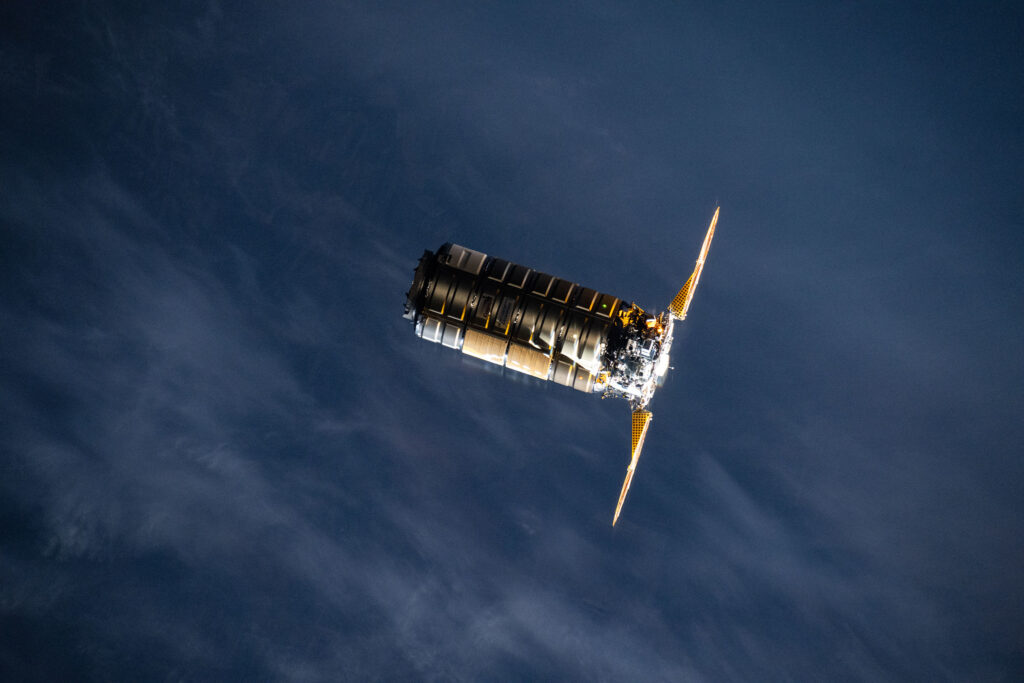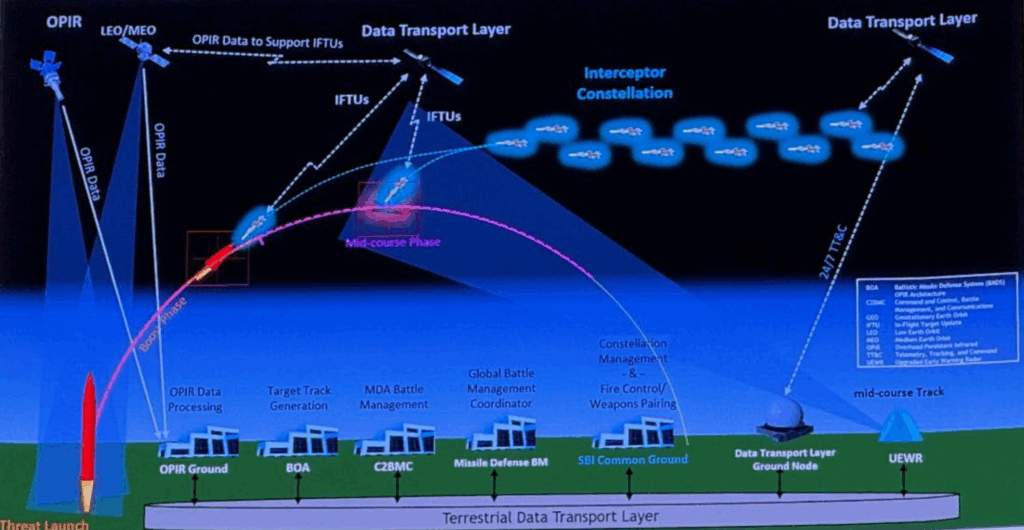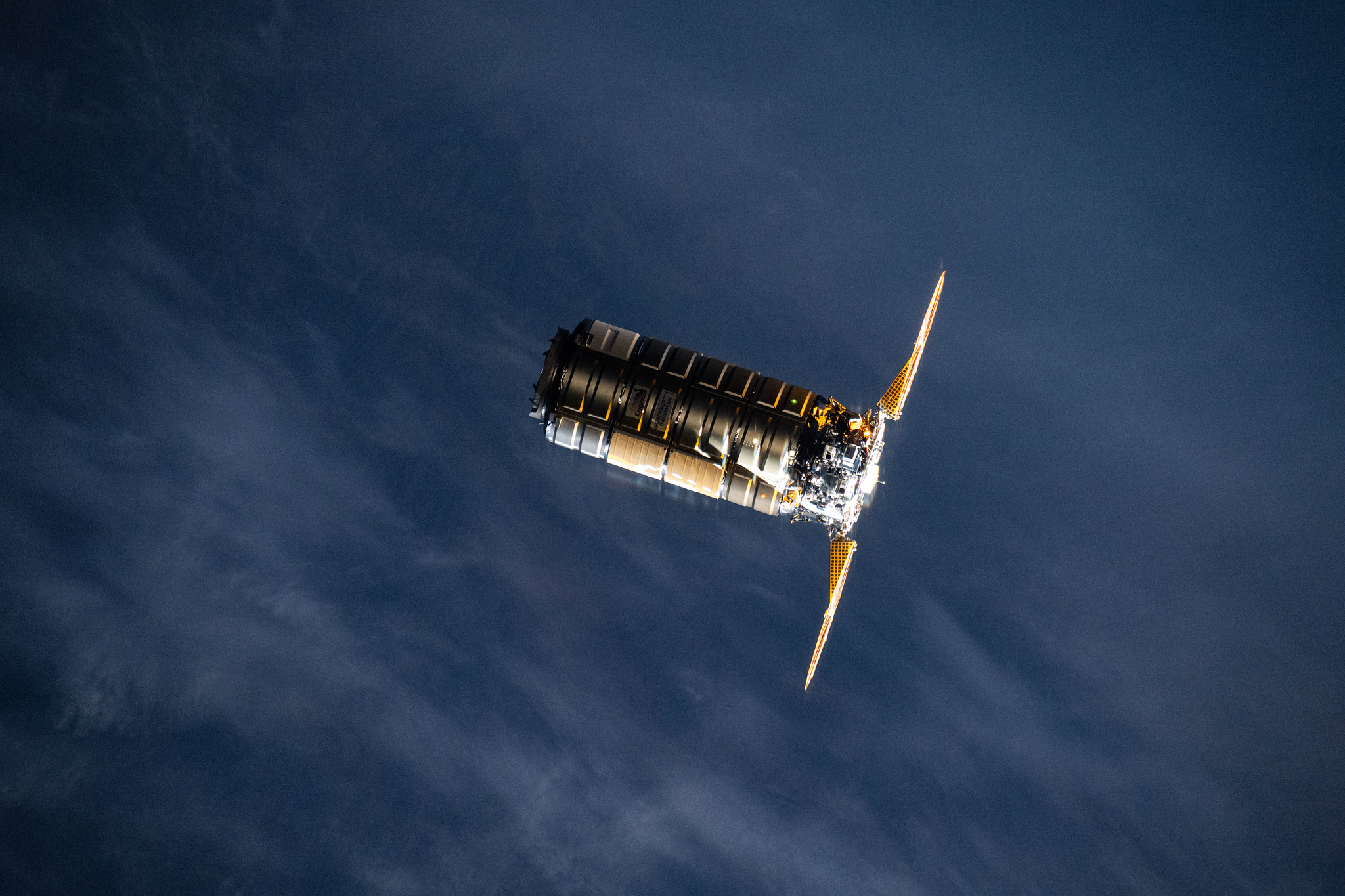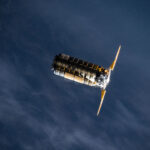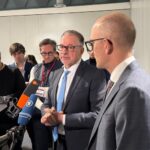Now Reading: ESA members to decide on Europe’s future in space at ministerial conference
-
01
ESA members to decide on Europe’s future in space at ministerial conference
ESA members to decide on Europe’s future in space at ministerial conference

BREMEN, Germany — The European Space Agency and its supporters will find out in the next two days how successful they have been in convincing European governments to significantly increase investments in space and bolster European autonomy.
Ministers from ESA’s 23 member states, along with several associate and cooperating nations, will meet here Nov. 26–27 for what is formally known as the Council Meeting at Ministerial Level, or CM25. At this ministerial session, members will decide which ESA programs to support, and at what funding levels, for the next three years.
ESA has finalized a package valued at 22.2 billion euros ($25.7 billion), Josef Aschbacher, ESA’s director general, told reporters Nov. 25. Science, exploration and space transportation each make up about one-sixth of the total. Earth observation accounts for nearly 13%, and connectivity and secure communications nearly 9%.
In addition, the proposal includes about 1.2 billion euros for European Resilience from Space, or ERS, a new initiative focused primarily on the initial development of a constellation of optical and radar imaging satellites for security applications, including defense. ERS also includes support for the IRIS² secure broadband constellation and low Earth orbit navigation satellites.
Aschbacher said he was optimistic heading into the ministerial. “I have to say that we are in really good shape,” he said. “The spirit is good. We are on a good track, and we are working very well.”
He said some discussions were “spilling over and make us work late at night,” but did not identify specific sticking points. “Sometimes there’s a bit more discussion on launch activities, and a bit more on security and defense, because that is so new in terms of its scope,” he said.
“There’s also discussions on some of the other programs,” he added. “This is going on across the board.”

Autonomy, self-determination and resilience
While every ESA ministerial sets the agency’s direction for the next three years, CM25 carries added weight as government and industry leaders increasingly stress Europe’s need to boost space spending, including for defense, amid shifting geopolitics.
“Other global actors, such as the United States, China and India, but also Japan and Russia, are scaling up their investments, including in dual-use space capabilities,” one official said earlier this month, speaking on background.
“Meanwhile, Europe risks falling behind, not because of lack of expertise but because of insufficient and fragmented investment,” the official continued. “CM25 is a decision point.”
A key factor is how ESA and member states respond to uncertainty about NASA funding for science and exploration programs involving ESA, such as the EnVision mission to Venus, the LISA gravitational wave observatory and the New Athena X-ray telescope.
Officials said they were hopeful NASA would maintain support, noting EnVision and LISA are mentioned in pending appropriations bills. However, they said they are preparing recovery plans if necessary.
NASA’s proposal to cancel Mars Sample Return (MSR) also affects ESA, which is developing the Earth Return Orbiter. ESA is expected to ask members for support to turn that spacecraft into a standalone science and telecommunications orbiter if MSR does not continue.
“This is on the table at the ministerial, going towards autonomy and self-determination and resilience,” one official said.
In exploration, ESA is looking at options for its European Service Module it produces for Orion should that spacecraft not be continued. The agency will pause production after the sixth service module, supporting the five Artemis missions currently funded by NASA as well as a backup, while studying alternative uses of the module in Earth orbit or at the moon.
ESA also hopes to secure funding for Argonaut, a large cargo lander. ESA selected a Thales Alenia Space–led consortium Nov. 20 to develop the lander, pending 600 million euros in funding requested at CM25.
Argonaut is seen as essential not only for lunar cargo but also as a potential bargaining chip for European astronaut landings. ESA currently has three Artemis seats through Gateway contributions but none for lunar surface missions.
Japan, with its plans to develop a pressurized lunar rover for later phases of Artemis, has seats on two future Artemis landing missions. ESA is hoping that it can barter cargo delivery services using Argonaut for similar slots for its astronauts.
“To have Europeans on the moon, we need a currency,” an official said. Argonaut missions are being discussed with NASA “as a potential currency to exchange for landing Europeans on the moon.”
ERS adds another dimension to the autonomy debate. The proposal presented at CM25 is intended as a first phase, with later steps, including full constellation deployment, expected to be co-funded by ESA and the European Commission. The commission has proposed increasing its space and defense investments more than fivefold to about 130 billion euros in its next seven-year budget that begins in 2028.
ERS also raises sensitivities because it places ESA, a civil agency, in a larger defense role. Aschbacher said Nov. 25 that ESA developed ERS at member states’ request.
“We are a space agency, and space, as you know, is dual use by nature,” he said, citing ESA’s work on launch vehicles, weather satellites and navigation systems that support defense as well as civil users.
“Defense is something ESA certainly can do,” said Renato Krpoun, chair of the ESA Council, Nov. 25, adding that meant “nothing aggressive” in space. “That has been clarified by the council.”
He said that with ERS, he expects member states or the European Commission to ultimately operate any satellites that ESA helps develop for it. “ESA is not the agency that will operate these systems. We can prepare it, but we should not operate it.”
Funding expectations
At CM25, ESA will formally present its program package to members. About 20% of ESA’s budget, including the science program, is “mandatory” where member states contribute based on the size of their economies. The rest is optional, with countries choosing what to support and at what level.
Germany is expected to significantly increase its contributions compared to 2022, when it provided about 3.5 billion euros. Sources suggest its CM25 contribution could exceed 5 billion euros.
Italy may also boost its contribution from about 3.1 billion euros in 2022 to more than 4 billion euros, potentially surpassing France, which provided 3.2 billion euros but is not expected to increase as sharply.
Aschbacher cautioned that ESA does not expect the full 22.2 billion euros to be funded. “It is roughly 90% on average that is being subscribed,” he said. “So anything that is, I would say, above 20 billion will be considered a good success.”
Some are hoping for more. “Obviously, with Germany being the host, the expectation is high that Germany makes significant commitments,” Marco Fuchs, chief executive of OHB, said Nov. 18. “I believe that ESA will achieve their goals.”
“I would be happy if ESA and all its member states give a clear sign that, first, space is important and, second, exploration is important,” said Ralf Zimmermann, head of space exploration at Airbus Defence and Space, during a Nov. 20 panel at the conference. “It is very important for exploration that the member states agree on some significant programs which allow Europe to move forward.”
“We will not be on the same baseline as the U.S. or China, but we need to find our role, and it should be an autonomous role,” he added.
Military funding will also play a role. Germany is expected to include defense funding for programs such as supporting German launch vehicle companies Isar Aerospace and Rocket Factory Augsburg through the European Launcher Challenge.
“Some military money might be allocated through ESA, which has not been done before,” Fuchs said.
Aschbacher said that, at the last ministerial in 2022, both Belgium and Poland included funding from their militaries as part of their contributions. He expected more countries to do so at CM25 but downplayed the significance of increased military funding for the agency.
“We do not ask where the money comes from, whether the money is from the ministry of defense or the ministry of research or ministry of the economy,” he said of individual countries’ contributions. “How much at the end will already come from these sources we do not know.”
“Europe has to increase its investment in space, and I see it slowly happening now through the ministerial,” he said.
Stay Informed With the Latest & Most Important News
Previous Post
Next Post
-
 012024 in Review: Highlights from NASA in Silicon Valley
012024 in Review: Highlights from NASA in Silicon Valley -
 02Panasonic Leica Summilux DG 15mm f/1.7 ASPH review
02Panasonic Leica Summilux DG 15mm f/1.7 ASPH review -
 03How New NASA, India Earth Satellite NISAR Will See Earth
03How New NASA, India Earth Satellite NISAR Will See Earth -
 04And Thus Begins A New Year For Life On Earth
04And Thus Begins A New Year For Life On Earth -
 05Astronomy Activation Ambassadors: A New Era
05Astronomy Activation Ambassadors: A New Era -
06SpaceX launch surge helps set new global launch record in 2024
-
 07Space Force plans new ‘Futures Command’ amid pressure to speed up modernization
07Space Force plans new ‘Futures Command’ amid pressure to speed up modernization












